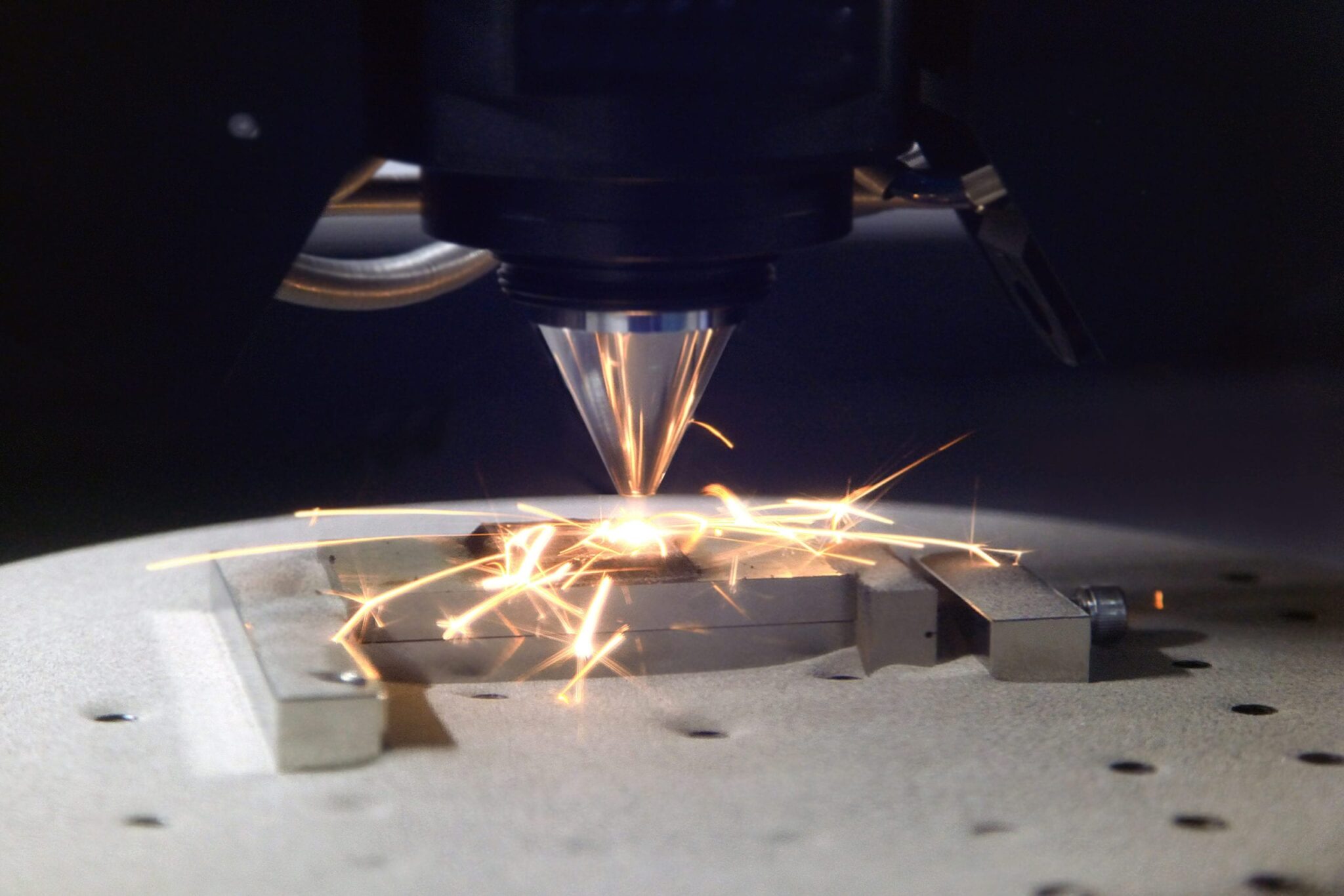

Originally published on fastradius.com on November 20, 2019
Metal additive manufacturing has proven to be an excellent option for the right applications; the aerospace, tooling, medical device, and automotive industries have embraced metal additive in recent years to build specialized parts that traditional processes are still not able to create.
Although the market is growing rapidly, the substantial investment and learning curve associated with metal additive is enough to deter some engineers and manufacturers from exploring this new technology. Many continue to rely on tried-and-true traditional metal manufacturing, like molding, casting, and subtractive processes, as they are more affordable and familiar. However, depending on the application, metal additive prototypes and finished products could prove to be invaluable to your project.
Here we clear up four common misconceptions about metal additive so you can better understand how to use it for your parts.
Though certain metal and polymer 3D printing processes are based on the same general principles—powder bed fusion, material jetting, material extrusion— designing for metal-based additive has different set of design rules than designing for polymer-based additive. Material properties, design constraints, and post-processing considerations differ significantly between metal and polymer technologies, and even between types of metal 3D printing processes.
Metal and polymer processes also come with different risks and infrastructure needs. Metal powder bed fusion, for example, uses laser or electron beams and metal powder to build components; manufacturers who use this method need to carefully consider the health and explosion risks and the high energy demands that come with this process.
Your part’s applications will determine which metal additive process will work best. For example, powder bed fusion could produce the high density and fatigue strength required for a specialized medical implant. A small automotive part that doesn’t need the same level of performance could be made with binder jetting, which produces parts economically in medium to large production runs.
Although metal additive isn’t usually financially feasible for mass production today, there are some instances where the upfront cost leads to longer term savings, such as increased fuel efficiency, a more cost-effective supply chain, and material reduction. A standout example comes from GE Aviation, who used metal 3D printing to create the fuel nozzle tip for their best-selling LEAP engine. The original fuel nozzle tip was welded together from 20 separate pieces, so it was labor-intensive to make, and it was heavy. The new additively made version of the nozzle tip consolidates those 20 parts into a single piece, and reduces the weight by 25 percent, improving fuel efficiency.
Rather than focusing solely on the cost of materials, consider the value today’s metal 3D printing technology adds by creating parts that are impossible to make any other way. As each manufacturing project comes with its own pros and cons, it is best to speak with an expert about your application to see if metal additive is a good fit.
Metal additive is commonly used as a tool prototyping, but it can also create finished products that are ready for end-use. Relativity Space, for example, uses the largest 3D metal printer in the world to build a ready-to-fly rocket in just 60 days. The world of medicine is also embracing metal 3D printing, creating custom-built joint replacements and implants. Additionally, additive manufacturing makes it easier and more cost-effective to create custom parts; rather than investing in multiple machines and molds for customization, a CAD file can be adjusted to print the exact designs needed for each customer.
There are still limitations to metal additive manufacturing, but the rapid rate of technological improvements make it an important process to get acquainted with. Even if it isn’t the best option for your product today, metal additive might be able to save your company significant time, money, and resources in the future. Reach out to SyBridge to learn more about metal additive and whether its right for your next project.
Forget typical cycle times. We're pushing the boundaries of conformal cooling. While traditional approaches deliver…
Forget typical cycle times. We're pushing the boundaries of conformal cooling. While traditional approaches deliver…
From left to right: Brayden Janak (apprentice); Logan Vifaquain (CNC machining, Programming and CMM); Ron…
SyBridge Technologies is proud to announce we have been awarded the 2023 General Motors Supplier…
Today, designers and engineers are accustomed to working with digital tools in their day-to-day jobs.…
Optimizing Your Injection Molding Process for Cost-Effective Manufacturing Excellence In today’s competitive landscape, manufacturers are…